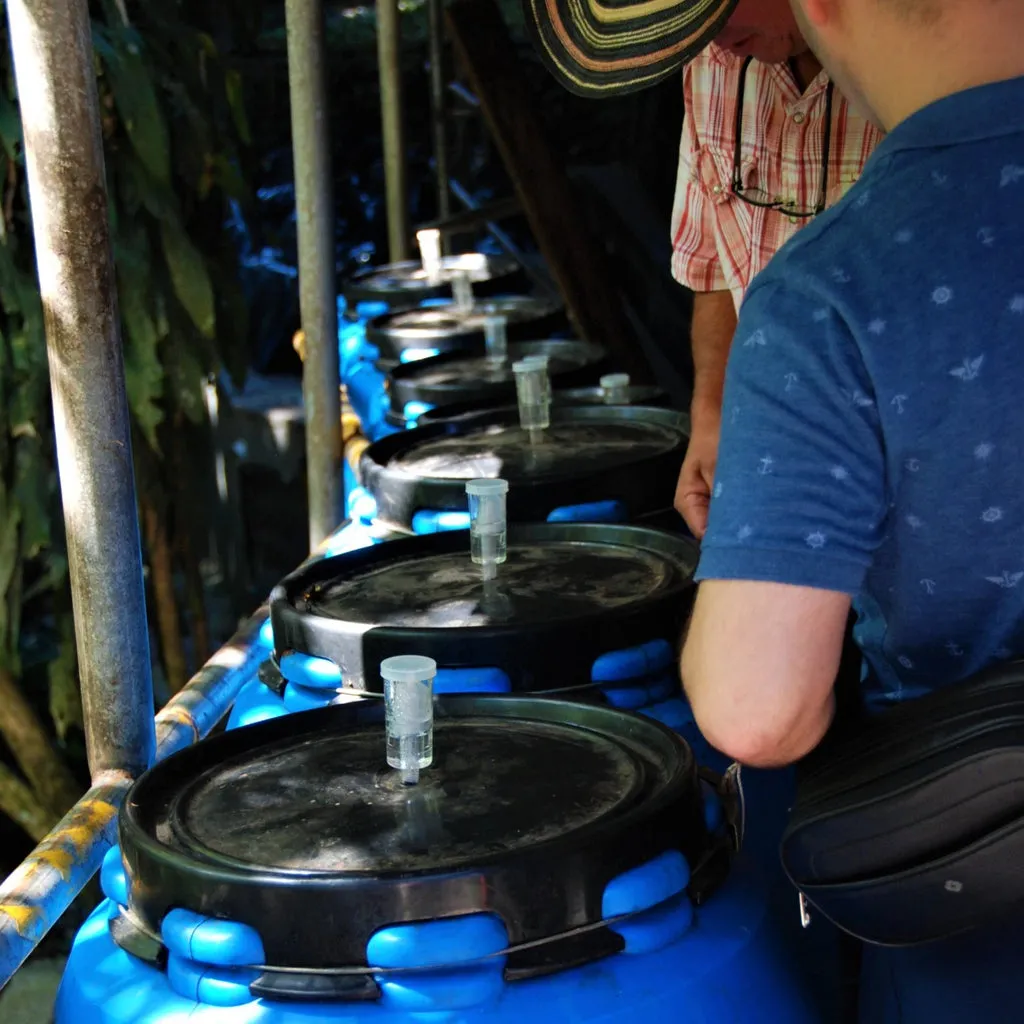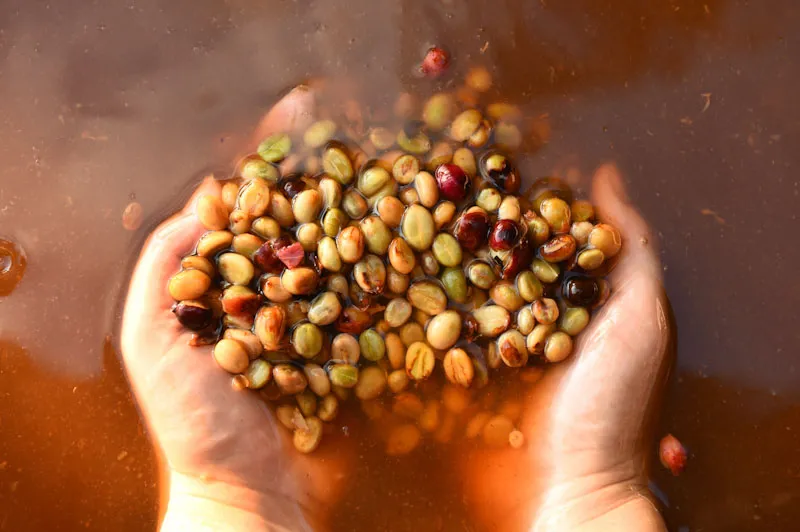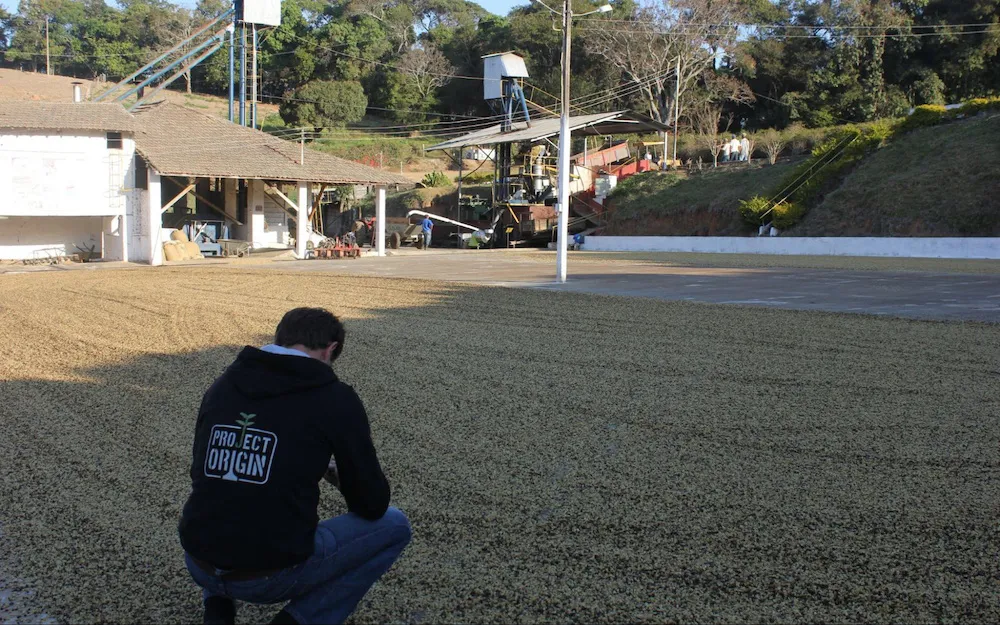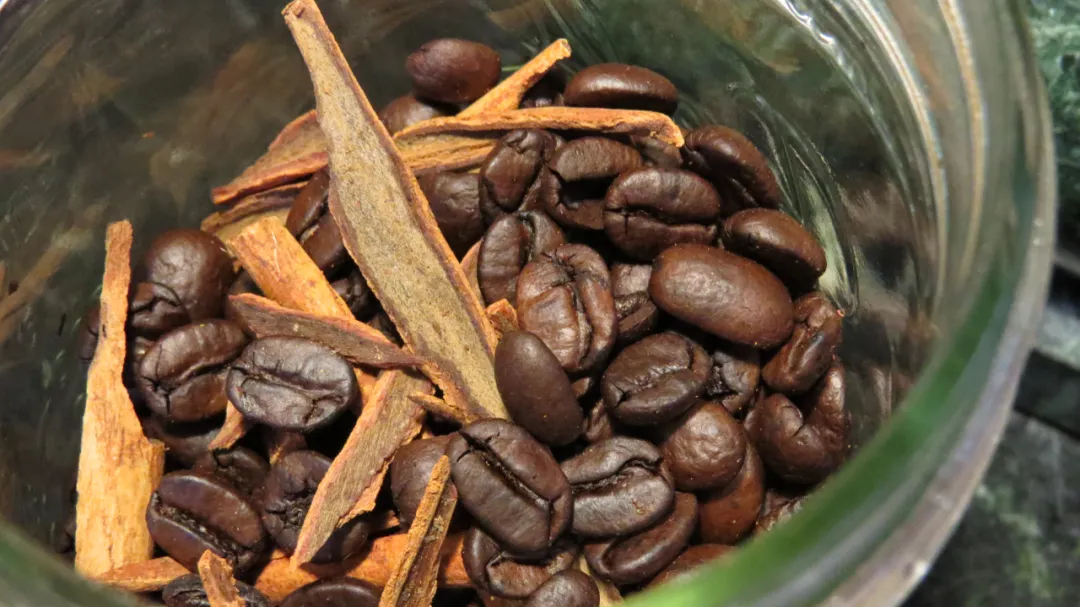The difference between anaerobic special-treated coffee and flavored coffee is anaerobic coffee fragrant beans harmful to health?
A few years ago, although we paid attention to producing areas, varieties and, of course, the handling of coffee. After all, we can really tell the difference between sun-treated coffee and water-washed coffee.
I don't know when there are more and more words describing the processing on the label, and I feel like I can't wait to put the detailed processing on the label. Among them, all kinds of special treatments based on anaerobic are the best embodiment.

At the beginning, various anaerobic treatment processes appeared. In theory, anaerobic treatment can be divided into anaerobic solarization and anaerobic water washing, and the difference is that the process of anaerobic fermentation is added on the basis of solarization (water washing). Anaerobic solarization is first anaerobic followed by sun drying, and anaerobic washing is first washed and then anaerobically dried. Of course, if it is the usual sun, washing, everyone's process flow is similar, after all, there are too few man-made controllable factors, basically depends on heaven to eat. In some places, the sunshine time is long, the sun time is shorter, and in some places, the sunshine time is shorter, but the sun time is longer. But when it comes to the anaerobic process, the human factor increases greatly. Moreover, anaerobic treatment is a game for rich people, and you rarely see a farmer in a certain village produce a batch of anaerobic coffee beans. Almost all of them are made by rich manors, and anaerobic things take time and knowledge to burn, so the first ones to produce anaerobic are Colombia, Costa Rica and Panama. There are also manors that specialize in unique treatment as selling points, such as 90 +, palm trees and big beaked birds, and Paradise Manor.

I would like to add that many guests come to Qianjie to drink anaerobic coffee beans and wonder if Qianjie added "things" during baking to make the taste so special. It is important to note that these special flavors are produced during coffee processing, not "things" are added during roasting. And because each manor has its own idea of anaerobic treatment, it is necessary to show it in the name of the treatment in order to make it easier for people to understand how attentive and different the manor's treatment is. (anaerobic is a process of anaerobic fermentation, which involves the control of time, medium, temperature, pressure and other parameters.) therefore, our common market treatment will be meticulous to (all kinds of alcohol) oak barrel fermentation water washing treatment "use different oak barrels to ferment coffee beans, the flavor performance is naturally different, such as sherry whisky barrel, rum barrel" (various fruits) yeast anaerobic treatment "adding yeast-assisted fermentation. Help coffee ferment to produce the flavor that people want, such as adding lactic acid bacteria and specific yeast to "various unique anaerobic treatments" such as ASD anaerobic slow solarization, double anaerobic washing, carbon dioxide impregnation, low temperature and slow anaerobic honey treatment. "think of so many anaerobic treatments of coffee, creating many flavors that are not found in traditional treatments, as if they are not drinking coffee. It's more like tasting fruit and wine itself. Therefore, the word "flavored coffee" has attracted everyone's attention. The definition of flavored coffee is rather vague. Maybe we can refer to Sasa's view of this kind of coffee. He is the first coffee boss to use anaerobic coffee to win the world championship. His view is that these coffees are worthy of recognition when they are marked for the processing of information and additives. Although the current large-scale coffee competitions such as COE, BOP, WBC and WBrC think that these beans are suspected of cheating, they are excluded from the competition.

He also made it clear that in the Nicaraguan experiment, low-flavor varieties and low-altitude coffee beans dipped in carbon dioxide did improve the flavor performance of coffee (which is why such coffee beans were banned from the raw bean competition).

Sasa is discussing with a group of industry experts to try to help you distinguish between flavored coffee. The flavor of the substances added in the process of processing will eventually be reflected in the coffee, that is, flavored coffee. To put it simply, the flavor extract or essence is added to the coffee in order to drink this flavor on the coffee, or in the process of processing, roasting and brewing, things such as fruits, flowers and wine are added. In the end, the taste of the additive is flavored coffee.

Adding enzymes as the catalyst of fermentation, or adding yeast and probiotics to participate in fermentation, the final coffee does not have the flavor of additives, but the flavor produced through the fermentation process is not flavor-enhancing coffee.
Note: enzyme is essentially an enzyme, that is, protein, while yeast is a fungus, a single-celled microorganism with cellular tissue. "
Sasa also specifically said whether adding fruit in the process of fermentation is a kind of flavored coffee.
"In fermentation, producers sometimes add fruit to support enzymatic reaction. Fruit can also be added to support fermentation with yeast, bacteria, and sugars.
If, at the end of fermentation, we cannot find any remains of the fruit left in the final product (green beans), it can be considering a processing aid and does not need to be declared unless it is an allergen.
For example, if we add pineapple in fermentation, it adds new microbes and sugars, which are used during the fermentation process. By the time it's completed, the pineapple will be consumed and will no longer be present.
This leads to the formation of different aroma compounds that wouldn't be present without the pineapple, but because there is no pineapple itself present in the final product, it is a processing aid; not an infusion. "
It probably means that if the added fruit is for enzymatic reaction, participate in fermentation, and eventually there is no such fruit residue on the raw bean, the added fruit is regarded as a catalyst rather than a flavor enhancer. Of course, these are just some views drawn from Sasa's discussion with some people, which you can refer to. But no matter whether the flavored coffee is accepted by the market or not, Qianjie agrees with Sasa's view that coffee processing information is transparent, which is also in line with the concept of traceability of individual coffee. As long as the consumers at the end have a clear, transparent and true understanding of how the coffee they drink is grown and handled, the final choice lies with the consumers. Maybe it's a good start that the name of the treatment is slowly getting longer.
Important Notice :
前街咖啡 FrontStreet Coffee has moved to new addredd:
FrontStreet Coffee Address: 315,Donghua East Road,GuangZhou
Tel:020 38364473
- Prev

The amount of water injected into the three-knife flow segmented hand-brewed coffee requires that the appropriate amount of water should be injected into each section of the tutorial.
Segmented water injection is the most common way of water injection for hand-brewed coffee at present. Generally speaking, this kind of method is more malleable and controllable. You can also use different water allocation to adjust the flavor performance of coffee. Here in front of the street to share a way to help you understand the allocation of coffee brewing water. This method is separate extraction.
- Next

What is the best temperature to taste coffee? Suggestion on the best brewing temperature of hand-brewed coffee beans
Many friends said privately backstage, "what is the most suitable temperature for coffee?" For a moment, Qianjie did not know where to start with this problem. "generally speaking, the temperature of drinking coffee is not recommended to exceed 55 ℃! "" Why? "because it burns your mouth." all right! The joke is over! And then it's serious.
Related
- Beginners will see the "Coffee pull flower" guide!
- What is the difference between ice blog purified milk and ordinary milk coffee?
- Why is the Philippines the largest producer of crops in Liberia?
- For coffee extraction, should the fine powder be retained?
- How does extracted espresso fill pressed powder? How much strength does it take to press the powder?
- How to make jasmine cold extract coffee? Is the jasmine + latte good?
- Will this little toy really make the coffee taste better? How does Lily Drip affect coffee extraction?
- Will the action of slapping the filter cup also affect coffee extraction?
- What's the difference between powder-to-water ratio and powder-to-liquid ratio?
- What is the Ethiopian local species? What does it have to do with Heirloom native species?

